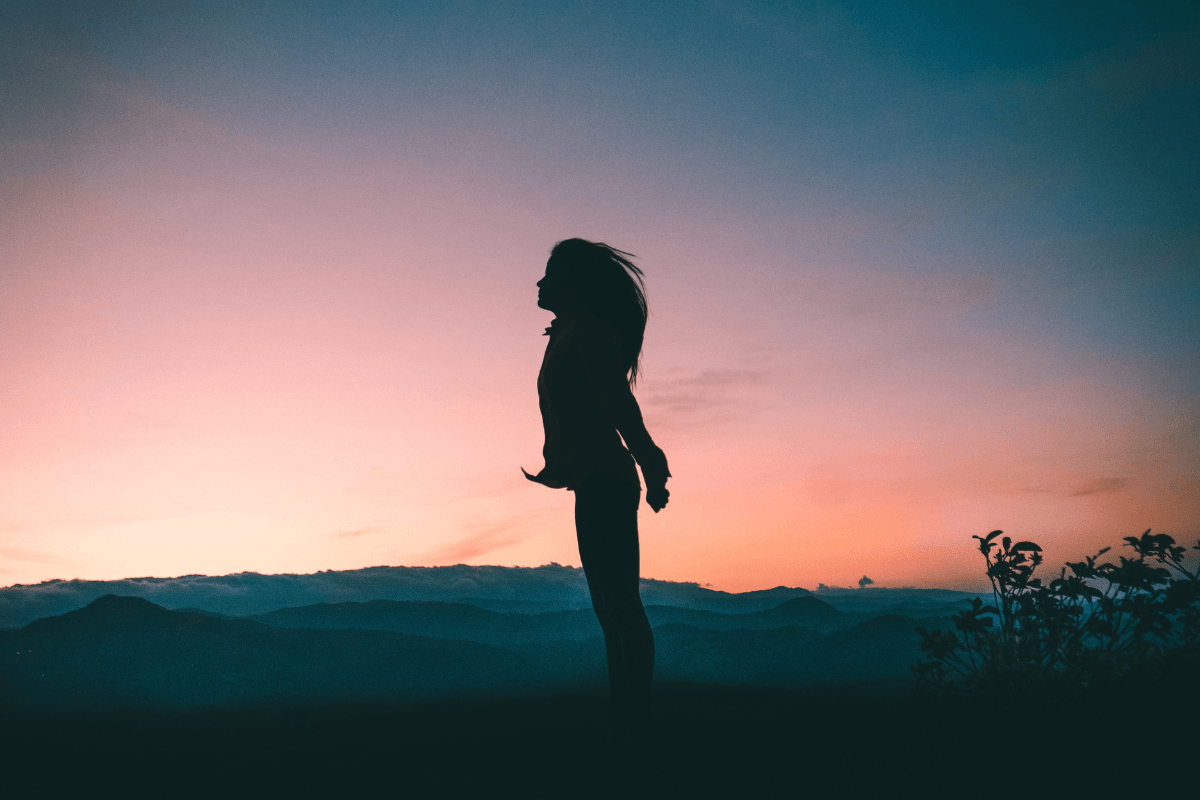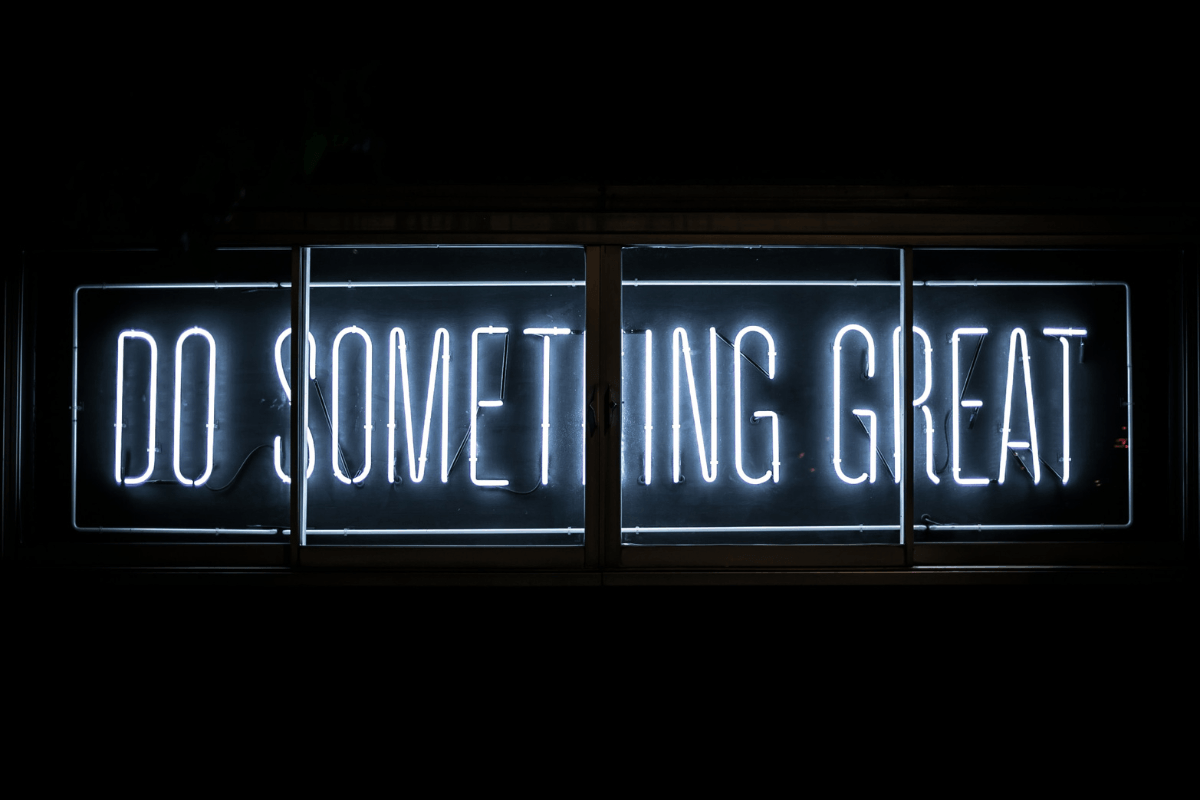ethical.net starts today a series of articles celebrating projects and artists that consider sustainable ways of producing and distributing their art, and the long-term impact of their creations on the communities and the surrounding environment.
Have a closer look at the community oriented project Micro-Life Under One Sun by artists Dana Olărescu and Paulina Sidhom.
Texts and images courtesy of Dana and Paulina.
Micro-Life Under One Sun is an artist-led, Tottenham Hale-based community project. Using knowledge empowerment and skills exchange, and with the help of local people, it will facilitate the sustainable growth of microgreens.
Taking place at the Living Under One Sun community hub and café, the project will entail building an off-grid earthship home for the microgreens, using natural and upcycled materials, followed by the nurturing and harvesting of the crop.
Micro-Life Under One Sun will also use Instagram as a primary tool to disseminate knowledge on material science and environmentally friendly choices, and to document construction and cultivation. The aim is to develop a network of creatives interested in making more sustainable choices in their practices, with the hashtag #microchangescreatewaves serving as a device for others to share and display their own progress, exchange ideas, and offer online support.
Micro Life
A musing on our endangered existence, and a call for regenerative creative practices
The role of the artist is to make the revolution irresistible – Toni Cade Bambarayou

The question of what we leave behind when we depart this world has been around since our earliest days – but asking this when living at full-speed in the Anthropocene gives it a new urgency. As artists, we may have danced around books, paintings, music, documented performance etc. as legacy, but the certainty is that we are heading towards near-future extinction at an unprecedented speed, making every self-centered decision more pungent than ever before. In spite of our insignificance, in the context of the Earth’s 4.5 billion years’ existence, we nevertheless bear the responsibility to change the narrative, to reflect on what could be unearthed after our eventual extinction.
In their seminal book, Cradle to Cradle, Michael Braungart and William McDonough argue that the only things we consume are essentially liquids and food; the rest is designed to be thrown away when we finish with it, rendering it inconsumable [1]. And though artist-made objects impact the Earth much less than retired vehicles or oil spills etc. the ‘inconsumable’ waste from the production of their work is still a part of throw-away culture. We cannot distance or absolve ourselves without at least trying to mend our broken habits and behaviours, while facing up to the reality that art does produce waste as well.
With this in mind, we are inviting creative practitioners to review their personal environmental impact; we must ensure our methods of production overturn the all-too-familiar use of inexpensive, non-biodegradable materials that end up in landfill upon moving to the next project. Even on small budgets, we must stop making these ill-informed choices, and demand more of ourselves. No artist wants to be remembered for non-biodegradable materials that survive them, the gallery, and their surroundings.


But how do we ensure that what we leave behind pays tribute to the incredible things we are capable of (human ingenuity, creativity, imaginative capacity) rather than destruction, greed, self-importance, and recklessness? And what better guide in this process than nature itself, through the complex equilibrium of its regenerative systems, and intelligent organic matter. In studying its transformability and zero-waste capabilities, we must dispel the myths of our supremacy, and reevaluate our capacity to come up with ‘new’ ideas or invent ‘new’ things; everything we need has existed all along. We simply need to pay closer attention, and adopt the answers that have developed naturally over millions of years’ slow refinement.
By critically considering these perspectives, we are embarking on the Micro-Life project at the Living Under One Sun community hub and café, in London’s Tottenham Hale, one of the capital’s most diverse neighbourhoods. With a growing population of Jamaican, Bangladeshi, Ghaneian, South American, Eastern European, and Chinese residents, Tottenham is also a place of biodiversity, with vast grasslands, waterways, wild-flower meadows, and one of the largest urban wetland nature reserves in Europe. The café took over a disused bowling club and its surrounding outdoor space, turning it into a centre for the community to gather, share stories, grow food, and attend workshops. Micro-Life is a community leadership project facilitating the sustainable growth of microgreens [2] with the help of local people, through knowledge empowerment and skills exchange.
The project is two-fold: on one hand, we will focus on building a shed-like structure suitable for growing the crop, while on the other we will put emphasis on making better sustainable choices every step of the way, and document our research, process, and journey on our newly opened Instagram account, Micro-Life Under One Sun. The latter serves as an invitation for fellow artists to employ a similar approach to their own practice, providing guidance along the way on alternative materials and methods.


Erecting off-the-grid homes following earthship [3] principles has been a shared dream for a number of years. The microgreens structure will employ the same zero-waste, biomimetic principles (mimicry of biological processes), and use material science to ensure the best conditions are provided – thus becoming our first earthship prototype. The structure will also be self-sufficient, using solar/biomass/wind energy, and we intend to use earth, sand, old tyres, glass and plastic bottles instead of bricks, cement, or other conventional materials.
Reflecting on the future of food, especially with regards to potential scarcity due to climate change, lack of land to grow produce, and the high carbon footprint of air and road transportation of imported produce, microgreens provide solutions to all of the above issues. They require low maintenance, can be grown all year-long in the earthship structure, and have a higher concentration of nutrients per calorie than their mature counterparts [4], rendering it a suitable, inspiring choice for locals. Once grown, these will be used in the café, and sold affordably to the community, providing an example for locals to grow at home. The intention is to involve locals to help us build, grow, and inspire, blurring lines between design, permaculture, and art.
It is our hope that sharing the project’s development on the Micro-Life Under One Sun Instagram account with our extended creative networks may prompt others to take the same route. We view micro changes as fundamental for larger impact, but with micro turning macro only with the aid of the artist peer network. The hashtag #microchangescreatewaves will serve as a catalyst for creatives to share stories of making their practice more sustainable, decluttering, learning to use better materials, being more mindful, or simply as a place where they can advocate for more appropriate choices. The immediate visual impact will generate action, and serve as an incentive for the change we want to make and promote within our communities, while showing that each shared adjustment sends waves across their networks.
It’s just our species that’s leaving; the planet will ultimately endure, and rebuild itself in ways we can’t imagine. Make it a memorable send-off.

* In the writing of this text, we are indebted to Anca Rusu, Kerlous Sidhom and Neil Clarke.*
References
[1] In Cradle to Cradle, Braungart and McDonough explain that products of industrial systems follow a cradle-to-grave model, with resources extracted, shaped into products, sold, then disposed of in the landfill or incinerator. Braungart M. and McDonough W. (2000) Cradle to Cradle, London: Vintage Books, p.27 [2] Microgreens are a vegetable green, harvested after the Cotyledon leaves have developed, used both as a visual and flavor component or ingredient primarily in fine dining restaurants.Warner, Jennifer. “Tiny Microgreens Packed With Nutrients”. Web MD. Retrieved 28 March, 2019
[3] A solar-heated house made of natural and recycled materials, such as earth-filled tyres. Coined by Mark Reynolds, and used as a trademark. [4] “Contents Specialty Greens Pack a Nutritional Punch”. USDA. Retrieved 27 March 2019Creatives, do follow us @microlifeunderonesun, and use the #microchangescreatewaves hashtag to share your own sustainable changes. We plan to work with specialists in different fields – from energy and architecture to gardening, and more – aiming to cover every step of the way. We are excited to discover more, so please get in touch should you have any ideas/suggestions, or if you simply want to say hi.
Dana Olărescu and Paulina Sidhom Bio

Paulina Sidhom

Dana Olărescu
Dana and Paulina test the boundaries between art and design with collaborative work inspired by ecology, well being, and non-formal education. They are currently developing a project around growing microgreens at the Living Under One Sun community hub and café in London, aiming to address contemporary relationships to locally-sourced food. Previous projects include teaching gardening techniques to vulnerable adults, and art installations challenging immigrant stereotypes, with some on show at Tate Modern, Shoreditch Town Hall, Goldsmiths University, the Romanian Cultural Centre, and National Maritime Museum, amongst others.
More information at:
paulinasidhom.myportfolio.com/
~~~~
The Micro-Life Under One Sun text was first showcased on Art Gene’s Digital U platform, an online exhibition space for artists working in digital media, including film, animation, video and sound. It first appeared on April 11th 2019, on the Digital U website.



Leave a Reply